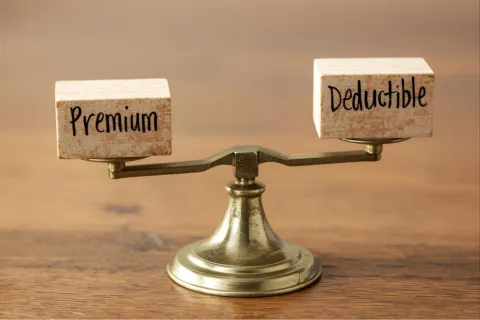What's a Deductible? Let's Make It Simple.
A quick, friendly mini-lesson to help you understand one of the most important parts of your health plan.


The Basics
Think of your deductible as the 'first step' on your health insurance adventure. It's the amount you pay out of pocket each year before your insurance company starts helping with the bill.

The Easy Version
You pay for your medical costs until you reach that number, your deductible. Once you've hit it, your plan kicks in and starts sharing the costs with you (usually through coinsurance or copays).
Quick Example
Let's say your plan has a $2,000 deductible.
• You twist your ankle and your medical bills add up to $500 — that's all you.
• A few months later, you have another $1,500 in expenses — boom, you've hit your deductible.
• After that, your insurance company starts chipping in according to your plan's rules.


Why It Matters
A lower deductible means you'll pay more each month in premiums but less when you actually get care. A higher deductible usually means a lower monthly cost but a bigger bill when things happen.
Pro Tip
If you're generally healthy and don't visit the doctor often, a higher-deductible plan might save you money. If you have ongoing prescriptions or regular medical visits, you might prefer a lower deductible so your coverage kicks in sooner.
The Bottom Line
Your deductible is just the 'starting line' — once you cross it, your insurance steps in to help you run the rest of the race.
